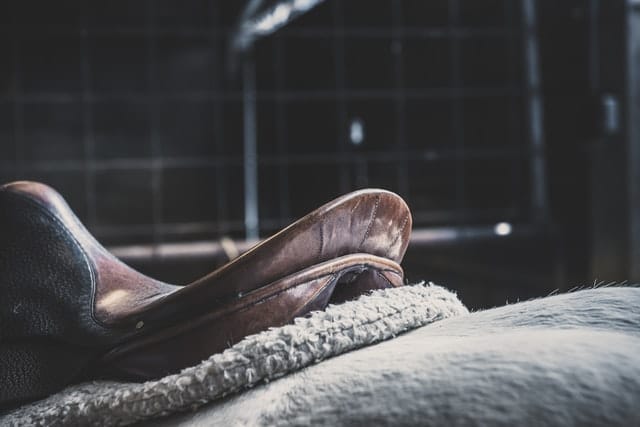Owning and training a racehorse is a rewarding pastime, especially if you make it to the competitive circuit. However, it costs over $10000 to train a horse for racing, excluding other fees and ownership costs. Racehorses require being fit and young, so it’s important to start training when the horse is about 1 year old. If you feel confident in your horseback riding and handling skills, you might ha ve success in your final horseback riding and handling skills and you might have success in your racehorse journey.
Understanding your horse
- Try to get close to your horse: You should remember that you should never try riding a young horse. An untrained horse is quite unsafe to ride, instead make the horse familiar with a long lead to guide it around.
It would be best if you focused on making your horse familiar with basic commands, like following you around, dropping his head, and getting the comfort of you being around him. It is common for the horse to take some time to get used to your commands, but it is all about hit and trial so give it some time and be patient to see results.
- To train a horse to bring his head to drop, hold onto the end of the lead that’s near to the horse’s head. Tug it downwards on the lead gradually and gently till your horse understands the command and drops its nose.
- Pull back on the leash carefully and gently to teach the horse to step backward.

- Teaching the horse to lunge in a circular pen: Look for a circular training area or a circular paddock that’s spacious enough to house your horse. Keep spinning slowly while holding the lead in the middle of the paddock until the horse starts running independently.
- You may feel free to lead with 2 long reins attached if that’s convenient.
- Press the horse’s bottom lightly with a long riding crop to keep it moving.
- This process is also known as lunging
- As the horse will be running in a circular motion at a racetrack, it’s essential to get them acclimated to running in a circular motion.
- Time to place a roller on your horse’s girth to prepare them for a saddle: Take a measure of your horse’s stomach and buy a roller, or tight pad, that wraps over its girth. Now check that the roller is sung, but it should not be too tight. Continue the training procedure in a circular paddock, utilizing the roller to assist your horse to adapt to it.
- You would want to prepare your horse before riding the horse, to help your horse adjust the weight on its back. The roller is an adequate beginning platform for this.
- You may also buy a roller at any local shop that deals in horse supplies.
- Guide your horse for running on a tack and a saddle on its back: Continue your training regimen in a circular motion. As your horse looks comfortable with the roller, swap it out with a saddle pad and saddle. Now let your horse run through the new equipment on its back so it can freely continue adjusting.
- At this point, you must not try to ride your horse.

- Bit by bit, day by day: train your horse a little more: Look for a bit of a metal mouthpiece, that works quite well with your horse’s temperament and training level. You might find a lot more success with a traditional D-ring bit, which is quite flexible in the center. If your horse is more stubborn or ornery you may wish to use a ring bit or a Houghton bit that provides you with a little more control over your horse.
- If you are looking forward to choosing the best bit for your horse, then you might want to consult a professional trainer for a bit of assistance. It could honestly be a game-changer.
By following these steps you can train your horses in their initial years which can build up to a race-winning horse for the future. Additionally, a proper diet, proper hygiene, and a lot of affection towards your horse can help you make a strong, agile, and fast passed horse. To know more about horse racing do connect to www.nicheracing.com.

